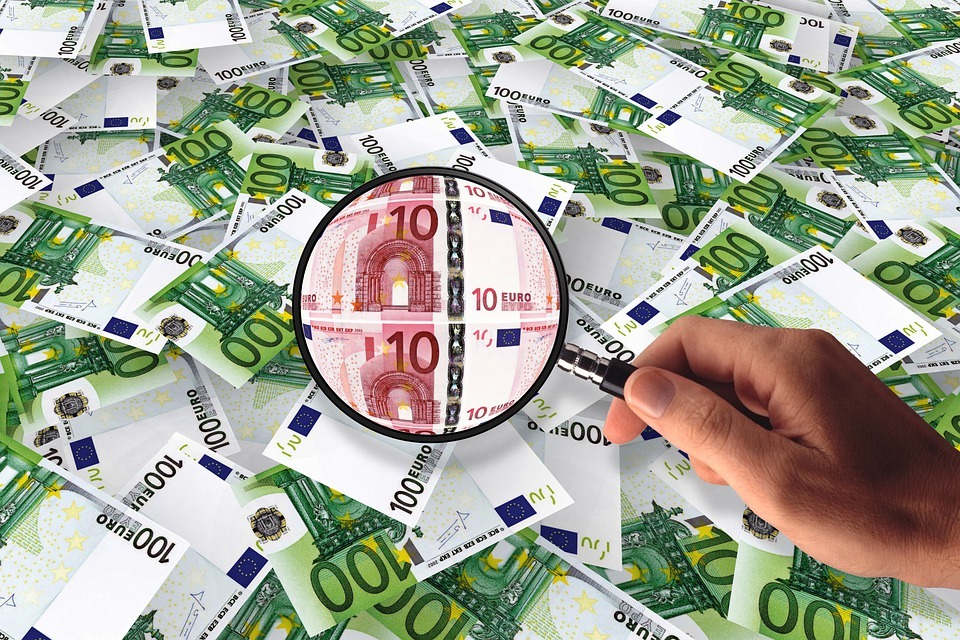Last week, the European Central Bank (ECB) increased interest rates by 0.75 percentage points, setting a new record. To “guarantee the speedy return of inflation to the ECB’s 2% medium-term objective,” the bank said in a statement.
A representative also stated, “and considers to raise rates even farther, because prices remain far too high and are likely to remain above objective for a prolonged timeframe.” The 25-member central committee of the central bank decided to increase its key standards by an extraordinary 0.75 percentage point, to 1.25 percent, despite complaints that higher rates would further push consumers’ discretionary income and deepen the upcoming recession.
The decision comes after a similar one was made by the Federal Reserve in the United States. As a follow-up to the ECB’s first rate hike in 11 years, a 0.5% percentage point rise was implemented in July. Nonetheless, inflation in the Eurozone hit 9.1% in August, a new high.
What’s the plan for the ECB?
As natural gas prices have skyrocketed, inflation in the Eurozone has soared to a record 9.1% in the last month, forcing the European Central Bank to abandon its standard policy of implementing only small, gradual hikes.
The European Central Bank’s Christine Lagarde said that the ECB was prepared to announce more rate rises to combat excessive inflation and bring it down to its 2% objective.
“We are working toward a certain objective. Those inflation rates are over the roof; we are well off track with our projections, and we need to do something about it,” she added. The European currency has been below parity with dollars, as this link shows, and this year’s steep decline to two-decade lows has increased import prices and pushed inflation higher. As a result of this, the European Central Bank (ECB) raised its deposit rate from 0% to 0.75%, the first time European rates have been favorable in over a decade (since July 2012), with the caution that “the Governing Council’s decision-making about future policy rates will continue to be data-dependent and follow to a meeting-by-meeting methodology.”
Due to the increase in the deposit facility rate above zero, the ECB has decided to suspend the two-tier system for compensating excess reserves by setting the multiplier to zero. This action, as described by the ECB, is a “major step” that frontloads the transition toward a more neutral policy stance.
While the U.S. Federal Reserve has been the leader in increasing interest rates, the European Central Bank (ECB) is lagging behind its counterparts, and some experts believe the ECB’s massive moves since July are an effort to catch up.
ECB head Christine Lagarde stated, “We intend to increase interest rates further because inflation is much too high and is likely to continue over our objective for a prolonged period of time.” The decision to boost interest rates was made unanimously.
The deposit rate, at which banks may deposit money with the ECB overnight, has been raised to 0.75%, while the interest rate on the marginal lending facility, at which banks pay to borrow overnight from the ECB, has been raised to 1.5%.
While Lagarde did say that a shift of 75 basis points is not typical and that future movements may be lower, she also did not rule out the possibility of a future move of a similar magnitude.
Can the ECB’s decision lower the inflation rate?
Tobias Basse, an economist at Norddeutsche Landesbank, said that raising interest rates today would not always lead to lower inflation tomorrow or the day after.
When the interest that banks pay on loans from the central bank rises, the banks in turn increase their interest rates, making borrowing more costly for their clients. This, he said, discourages investment and, by extension, investment and demand, resulting in lower prices.
The new approach takes on the difficulty by setting a medium-term inflation objective of 2%, which is expressly symmetric but somewhat higher than the ECB’s prior aim. For inflation to be “symmetric,” it must be either above or below the objective to be considered a negative development. Additionally, the plan takes into account the fact that when the economy is running so near to the zero lower limits on nominal interest rates, more robust or consistent monetary policy action is necessary. That might also signal a brief stretch when inflation is somewhat higher than expected.
There would be at least a three- to six-month lag before prices reflect the impact of interest rate adjustments, Basse said.
However, inflation expectations have a significant role in price changes. There is a possibility for a wage-price spiral to develop if employees anticipate price increases and respond by demanding salary increases.
According to Basse, inflation would go down noticeably in the medium future if central banks succeed in preventing excessive inflation expectations from being entrenched. The European Central Bank expects the economy to grow by 0.9% next year under its baseline scenario, with a potential downside of 0.9%. Inflation would rise to 2.7% by 2024 under this adverse scenario, as the drag from an economic slump would be overcome by consistently high natural gas costs.

